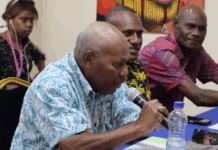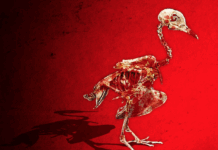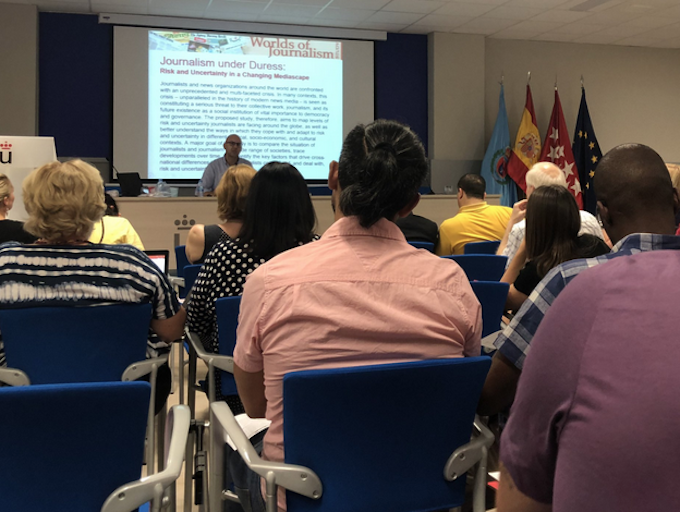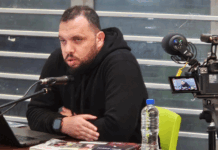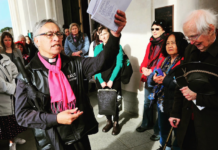Women now make up well over half of New Zealand’s journalism workforce, but they have serious concerns about their safety on the job, a new survey shows.
Conducted by Massey University, the Worlds of Journalism Study 2.0: Journalists in Aotearoa/New Zealand garnered responses from 359 of the country’s estimated 1600 full-time journalists.
Women make up 58 percent of the profession but are seriously concerned about their safety at work due to public discrediting, threats, surveillance, physical attack, sexual harassment, and stalking.
Journalists reported threats, bullying, stalking and rape and death threats. One had a faux Facebook page set up in their name.
Sexual abuse included “public speculation or commentary about my body, mental health, sex like, marriage, which political commentators/etc I must have had sex with.”
Since the last survey in 2015, women have closed the pay gap and are now equally represented at all levels.
Pay across the board has increased in real terms since then, adjusted for inflation.
Māori journalists now a tenth
There has been a 20 percent increase in Māori journalists, who now make up a tenth of the workforce. But Pasifika and Asian communities remain under-represented.
For the first time, New Zealand journalists were asked about their attitudes to the Treaty of Waitangi; three quarters said it applied to all or most things they wrote.
Journalists are still committed to the traditional non-biased observer role of journalists, but now feel their most important role is to educate the public.
They are less influenced by commercial considerations than they were seven years ago, and more concerned to uphold journalism ethics.
Their political views are slightly left of centre, on average.
Massey University Associate Professor Dr James Hollings said the survey showed that employers needed to do more to keep their female employees safe.
“Journalists are under a lot of strain due to shrinking newsrooms and other pressures, but they’re doing a remarkable job of holding to their core values despite that.
‘Making great diversity efforts’
“It also shows that profession is making great efforts to adapt to become more equal and more diverse, although there’s some way to go in some areas.”
The survey is New Zealand’s contribution to the Worlds of Journalism Study (WJS). It has a margin of error of plus or minus 2.25 percent and a confidence level of 95 percent.
The first global survey, undertaken 2012-2016, mapped journalists in 66 countries and provided the first statistically robust picture of journalists worldwide ever undertaken.
This second global survey, which is still underway, will extend the coverage to up to 120 countries, mapping changes since 2016. The first global results will be available in 2024.


